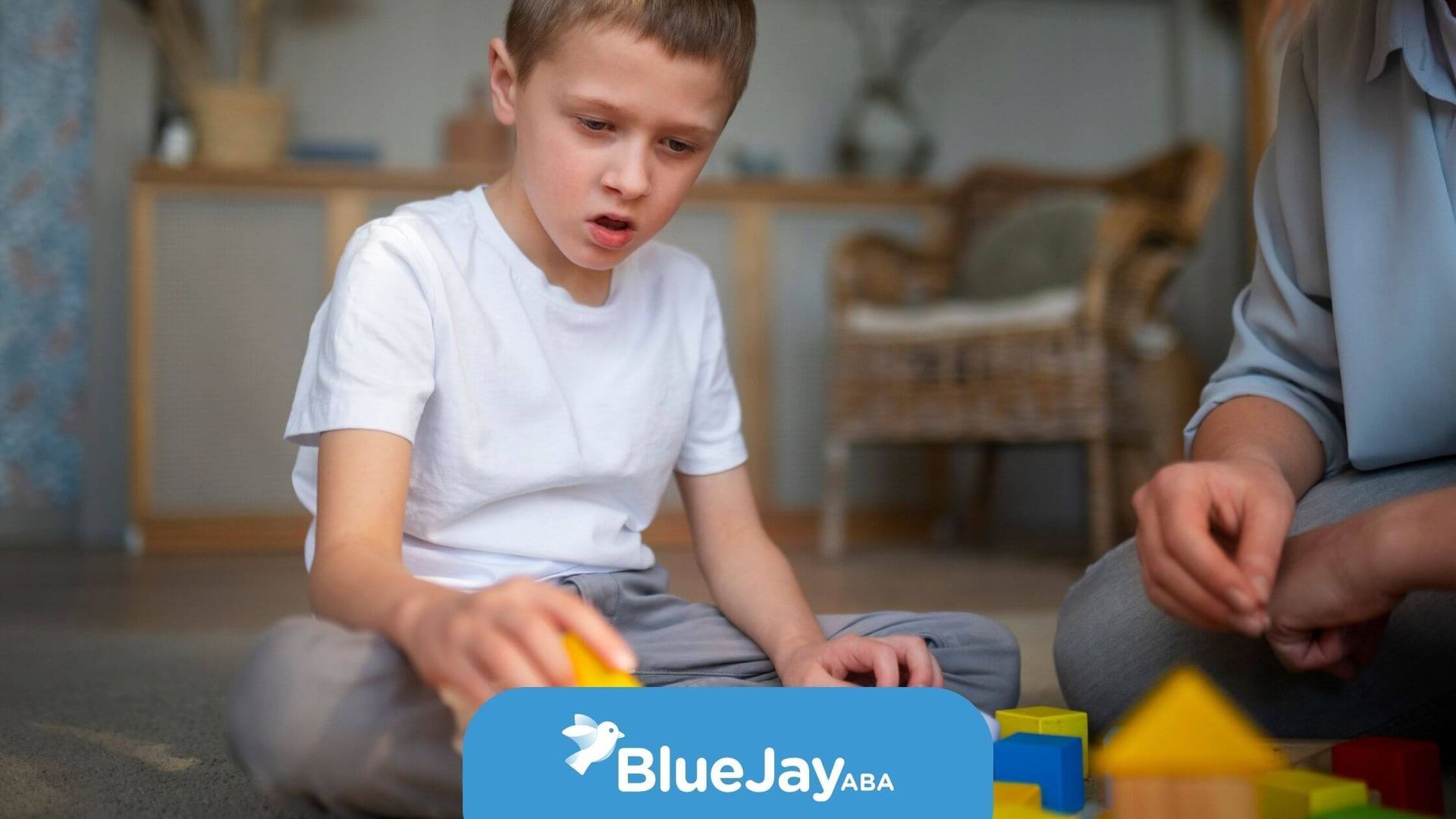What Are the Three Types of Chaining in ABA?
In Applied Behavior Analysis (ABA), chaining is a teaching method used to help children learn complex tasks by breaking them down into smaller, manageable steps. This approach is especially effective for teaching daily living skills like brushing teeth, dressing, or washing hands. There are three main types of chaining:
- Forward Chaining:
The child learns the first step in the sequence first. Once mastered, they move on to the next, gradually building the full routine from start to finish. - Backward Chaining:
The child learns the final step first, allowing them to experience immediate success and reinforcement at the end of the task. - Total Task Chaining:
The child practices every step of the sequence during each session, with guidance provided only where needed.
Each type of chaining promotes independence and confidence, helping children master new skills step by step.
At Blue Jay ABA, we use evidence-based methods like chaining to teach essential life skills through personalized, in-home ABA therapy in North Carolina.
Want your child to build independence through ABA? Contact us today!
SOURCE:
https://en.wikipedia.org/wiki/Chaining
https://pmc.ncbi.nlm.nih.gov/articles/PMC3251282/
https://repository.stcloudstate.edu/cgi/viewcontent.cgi?article=1085&context=cpcf_etds
https://www.researchgate.net/figure/Forward-Chaining-Backward-Chaining-and-Total-Task_tbl1_323183049
https://asdnetwork.unl.edu/virtual-strategies/chaining/
Related Posts






